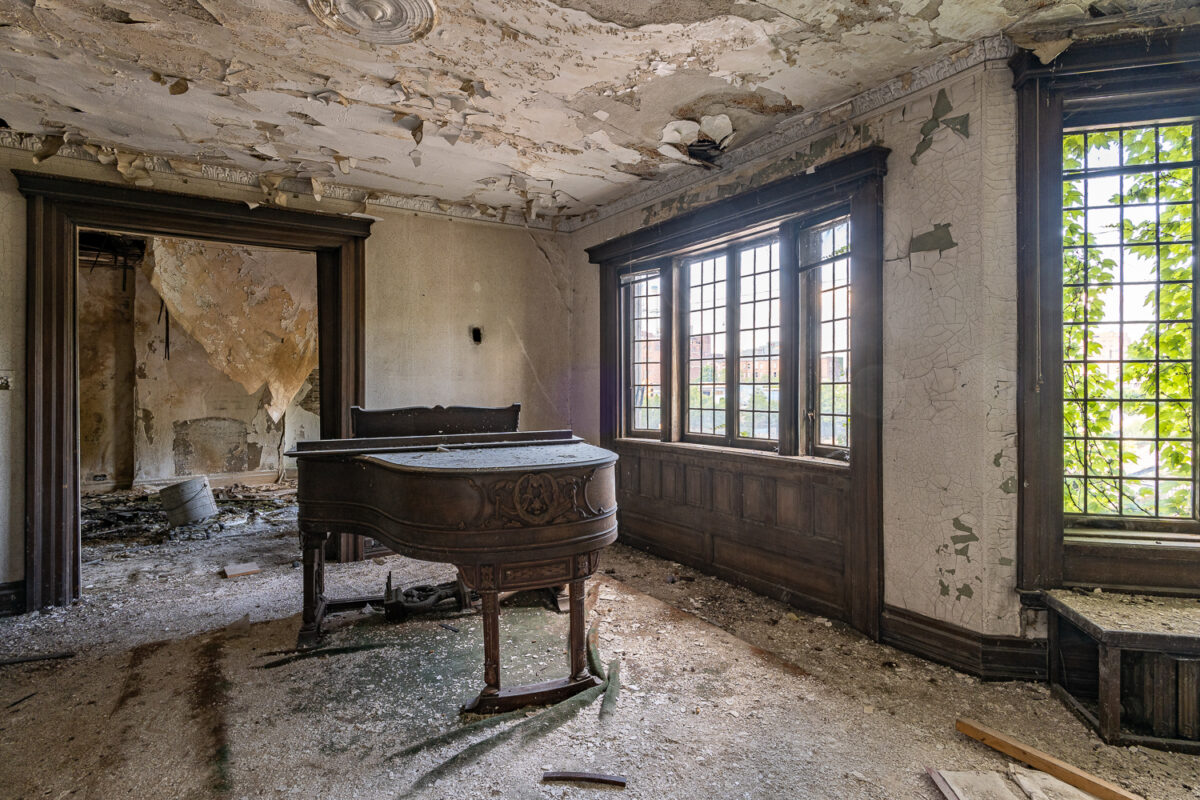The art of photographing abandoned places, known as urban exploration or abandoned photography, is among the most captivating and exciting types of artistic expression. It involves taking photos of abandoned buildings, forgotten subterranean areas, abandoned industrial complexes, and the other regions forsaken by time. Photographing abandoned places is appealing due to its unpredictability and distinctiveness.
With each step into the uncharted, urban exploration not only brings new adventures but also unforgettable memories. Nonetheless, this form of photography is quite challenging. Discussed below are five tips for photographing abandoned places.
Research abandoned locations
While urban exploration is captivating, finding abandoned places isn’t easy. However, using the following techniques can be helpful:
Open source intelligence tools: They allow you to efficiently collect and study publicly available data from various sources, boosting your ability to find abandoned places
Local insights: Locals usually know of hidden places that may not be documented online. So, consider engaging with urban exploration enthusiasts in the region you’re visiting and share experiences
Heritage databases: They’re in-depth collections of data related to historical sites, heritage buildings, and monuments, usually maintained by cultural organizations or government agencies
Historical research: Scrutinize the history of the location you’re visiting to determine the kind of places that could be abandoned
Decide what to photograph and how to do it
Every deserted area has a story to tell. So, explore the abandoned places to determine what attracts you to these areas and which part of their story aligns with you as an abandoned place photographer. Decide whether to photograph:
The area’s structural components and features that interest you
The sharp contrast of the location’s decay falling prey to nature’s reclamation
The beauty amidst the decay and the various shapes and textures
While abandoned places present the ideal areas to explore new compositions, angles, and camera settings you might not always use, taking perfect shots isn’t always possible. Consider expanding your photography techniques and knowledge and making a photo series, capturing broad shots of the major and even the minute details to tell the whole story. Upon capturing the perfect shot, you can use printing techniques, like DTF transfers, to get the abandoned place design printed on t-shirts.
Understand the legalities of photographing abandoned places
Entering an abandoned area without permission may count as trespassing, risking an arrest. Most abandoned areas may have signs warning about trespassing. Contacting the property’s owner and asking for permission is the best way around these signs.
Bring the right photography equipment
When doing urban exploration, having the right equipment is crucial. The equipment includes:
Wide-angle lens to capture abandoned buildings’ vast interiors
Tripod to ascertain steady, sharp shots
Lens wipes in case you come across moisture or dust in the areas you’re visiting
Pack light to ensure you aren’t overburdened, and carry a backpack for your camera gear plus other equipment to make it easier to move around. Most urban exploration photographers use high quality camera bags for their gear.
Ensure safety
While photographing abandoned places is exciting, it can be dangerous. To ensure safety:
Avoid going alone and bring at least one person with you
Wear the right gear, including long pants, strong boots, and gloves to safeguard yourself from rough surfaces and sharp objects. Don’t forget a helmet
Bring a first aid kit and torches
Tell others where you’re going to ensure you’re found in case something goes wrong
Endnote
Urban exploration photography isn’t easy. However, implementing the right tips for photographing abandoned places, including researching abandoned places, understanding the legalities of photographing abandoned places, bringing the right safety and photography gear, and ensuring safety, can help guarantee success.

